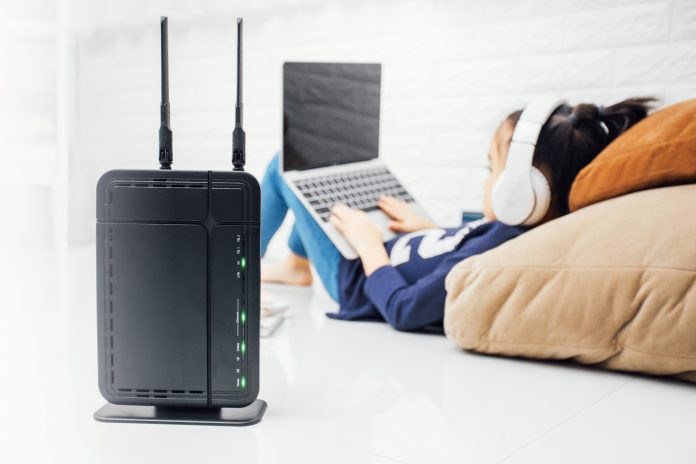Bruce Miller, Vice President of Enterprise Marketing, Cambium Networks, explores why fixed wireless broadband underpins the future of remote learning
No one could have predicted the colossal impact COVID-19 has had on businesses and schools, who were forced to shut their doors to prevent further infection. This resulted in a huge increase in the consumption of internet bandwidth as students tried to maintain some level of productivity at home.
And it’s not just students that struggle with internet access. Inadequate internet connections can also block teachers and lecturers from conducting effective classes, particularly for real-time streaming of lessons and seminars.
The pandemic has highlighted the significant amount of work that needs to be done to close the digital divide globally. Even in the United Kingdom, this inequality impacts students and teachers living in underserved regions that still do not have satisfactory broadband. This was highlighted by a 2018 study by the Office for National Statistics, which found that in the UK, 12% of students between the ages of 11 and 18 said they had no internet access from a computer or tablet. That means that 700,000 students in the UK struggle to log into remote learning services. In the same study, an additional 60,000 students said they had no home internet access at all, leaving a significant proportion of students cut off from any online learning.
Wi-Fi
While the UK Government has pledged to provide full-fibre broadband to the entire country, this rollout is not happening fast enough. The challenge they face will be to make connectivity both more affordable and accessible in regions that are hard to reach. But there is another way. If Wireless Internet Service Providers (WISP), and Managed Service Providers (MSP) work collaboratively with schools, they can bring forward two solutions to the problem: Outdoor Wi-Fi Access and/or Fixed Wireless Access for affected residential addresses.
A majority of schools have the luxury of playgrounds and car parks. These open spaces can be leveraged by distributing outdoor Wi-Fi access points and providing “drive-up” intranet access for remote home-learners. This solution, proven in other countries, enables students to retrieve learning materials while maintaining social distancing. In some cases, outdoor Wi-Fi can also be extended to reach people’s homes.
Where Wi-Fi access points are needed, these can be linked by wireless point-to-point (PTP) connections or point-to-multipoint (PMP) wide-area networks situated on a school’s roof and connected to the school’s network. Alternatively, access points can be fitted to temporary structures or school vehicles.
Primary and Secondary schools in urban and rural environments are ideal locations for master Wi-Fi sites since they typically serve local neighbourhoods. But a host can be any educational establishment. To realise fixed wireless broadband, all that is required is a two- to three-meter, non-penetrating roof mount on top of the building, and a 3 GHz or 5 GHz point-to-multipoint wide-area network. Using this infrastructure will mean that many underserved students will now be able to reach high speed internet – and hundreds of homes will finally have affordable, high-capacity broadband that will allow them to access the leaning materials the need.
Of course, the knowledge of how to orchestrate, build and commission a wireless network is unlikely to be possessed by school workers which is why, to make this a reality, public-private partnerships with local WISPs are required. The facilities would be made accessible by the school and local authority, organising the students who need the internet and acting as the point of presence. The WISP’s role would be to distribute and oversee the infrastructure and install equipment in the facility.
This global pandemic has underlined how severe the digital divide has become. By combining both Wi-Fi and fixed wireless technologies, rapidly deployable and affordable broadband for underserved communities will soon be a reality. Local authorities can learn many best practices from schools that have already deployed these innovative solutions. Students depend on our ability to provide viable education solutions.











